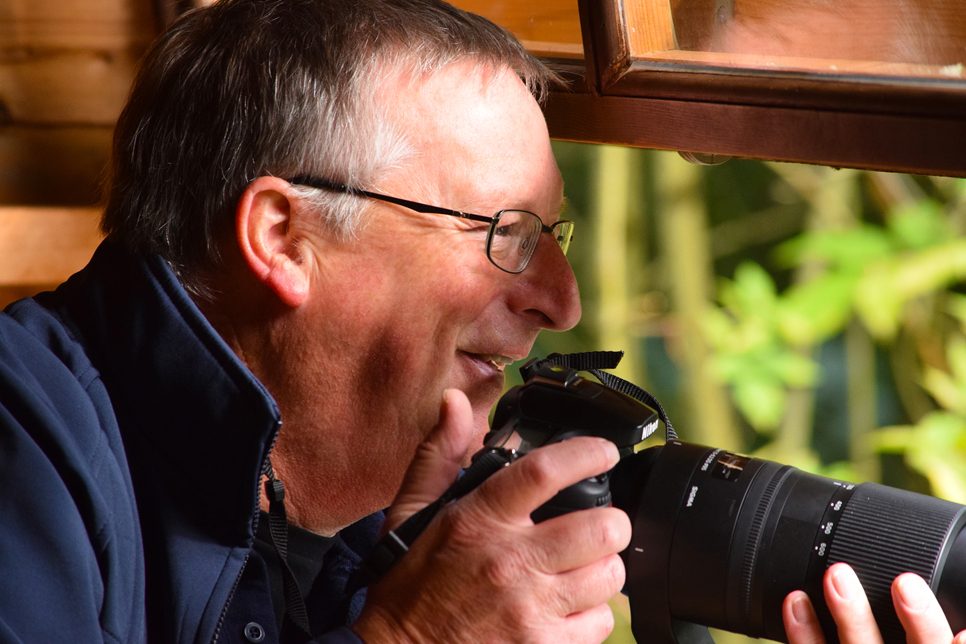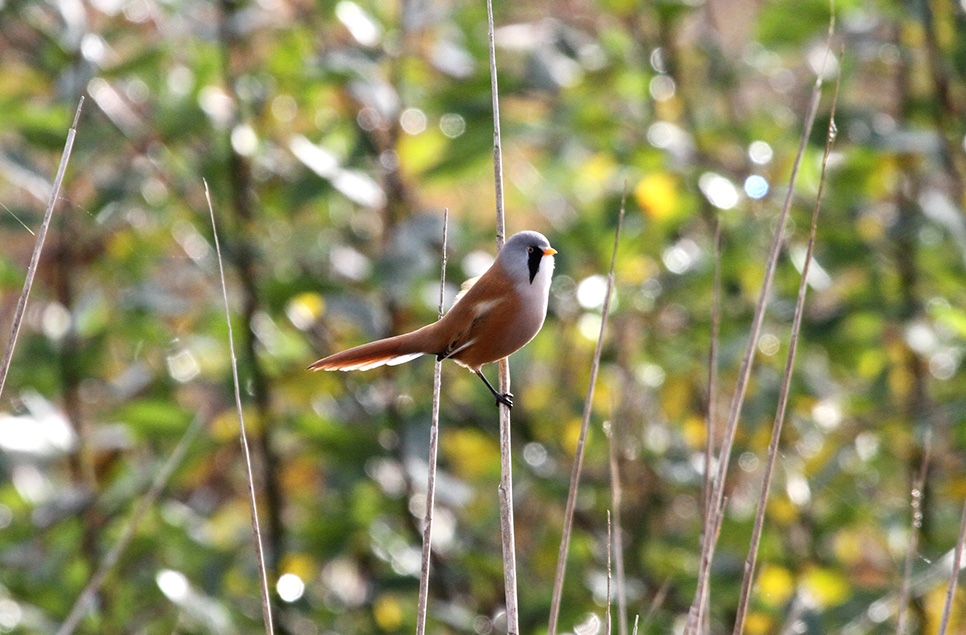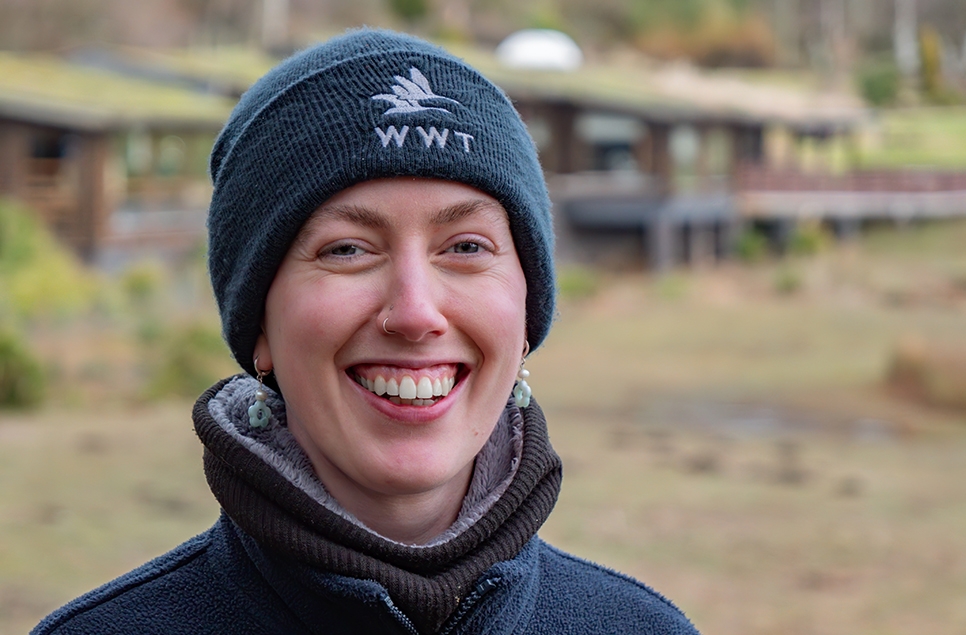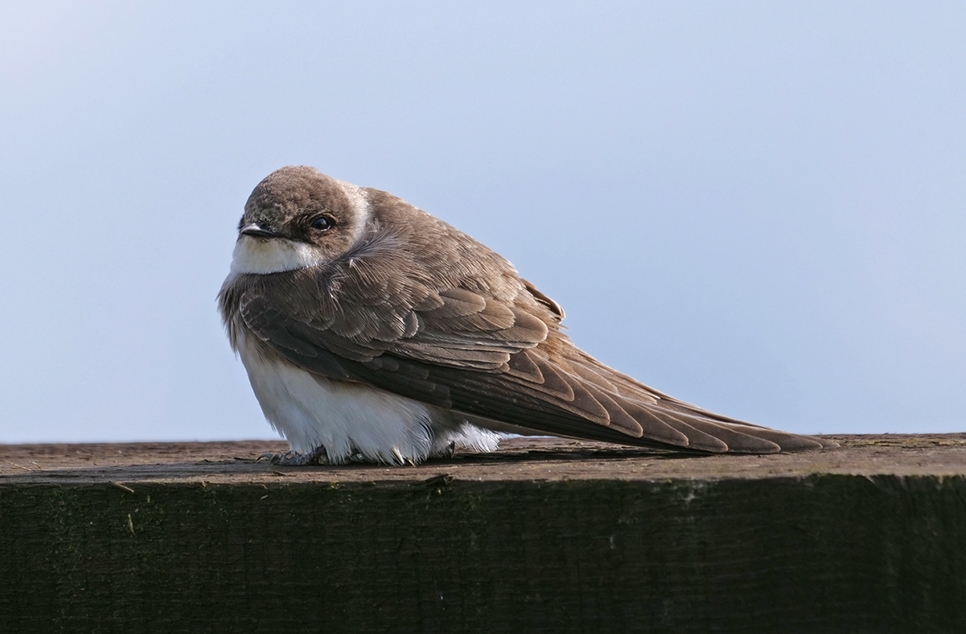Fantastic fungi and where to find them
Fungi can be found all throughout the year, but as temperatures cool and dampness creeps in, fungi becomes more prominent.
Here at Washington, we get a fantastic array of different shapes, sizes and colours of fungi. Here are our most common fungi with tips on the habitat to look out for them.
Candlesnuff (Xylaria hypoxylon)
Candlesnuff fungus is common in the UK, growing in groups on dead wood, especially rotting stumps of broadleaved trees or through moss. It's also known as stag horn's fungus.
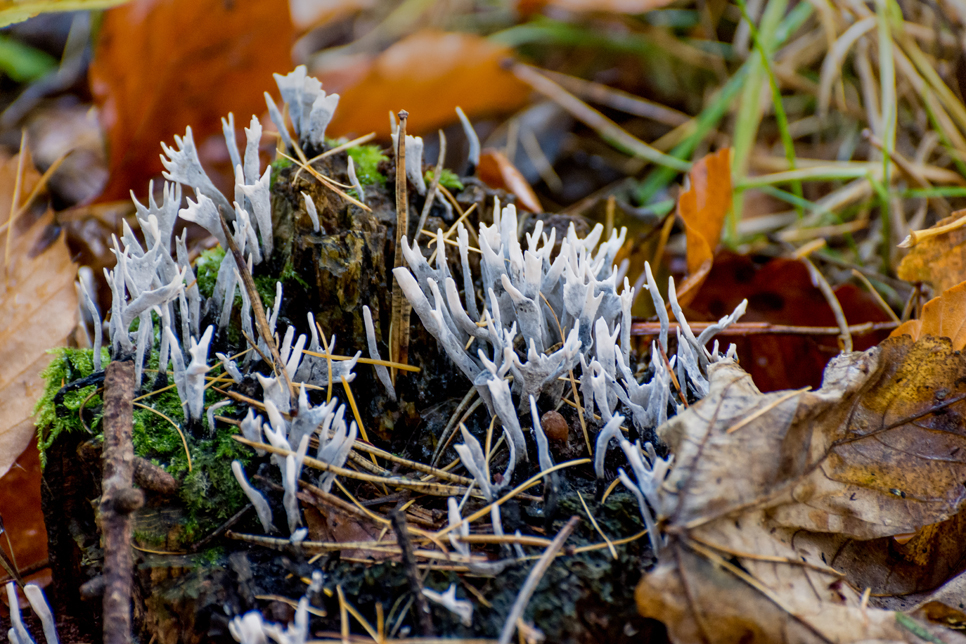
False saffron milk cap (Lactarius deterrimus)
Mainly found around spruce trees, the false saffron milk cap fungus is a rusty orange colour which tints green when mature. It is widespread throughout the UK.
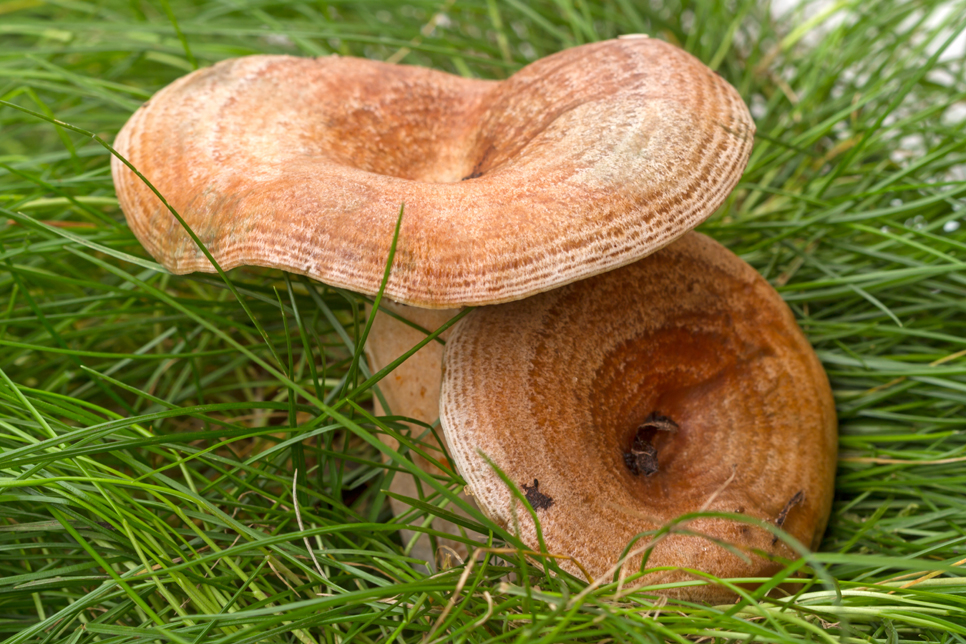
Turkey tail (Trametes versicolor)
This is a bracket fungus that grows in layers around trees and tree stumps of hardwood such as beech and oak. There are many different species of bracket fungus to look out for so keep an eye out!
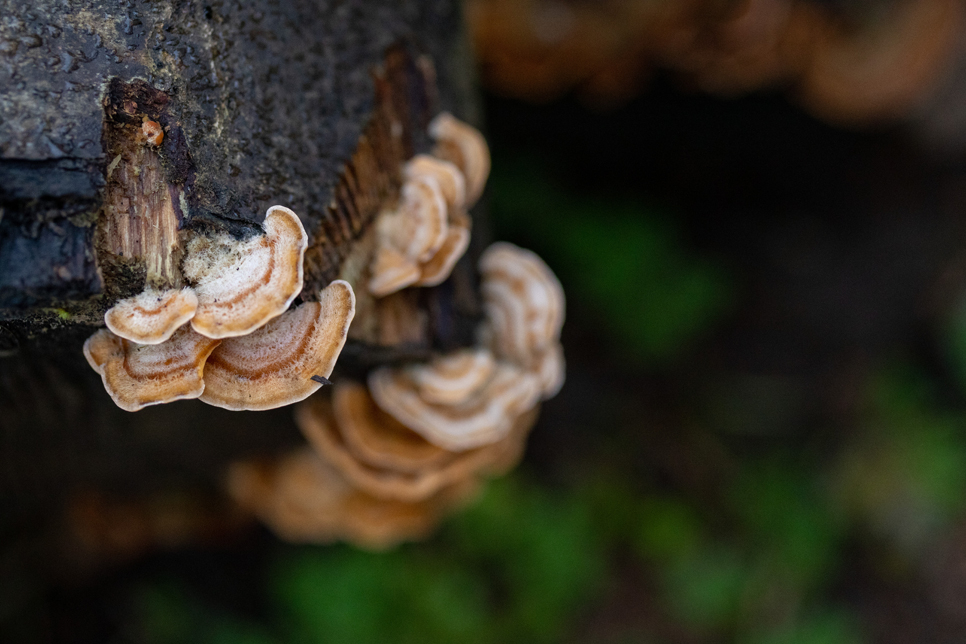
Shaggy inkcap (Coprinus comatus)
This fungus, also known as 'lawyer's wig' for obvious reasons, stands tall with a woolly texture and bell-shaped appearance. The cap shrivels upward turning black until it eventually disappears. This fungus is one of the most notable throughout our site with many spotted just off the main paths.
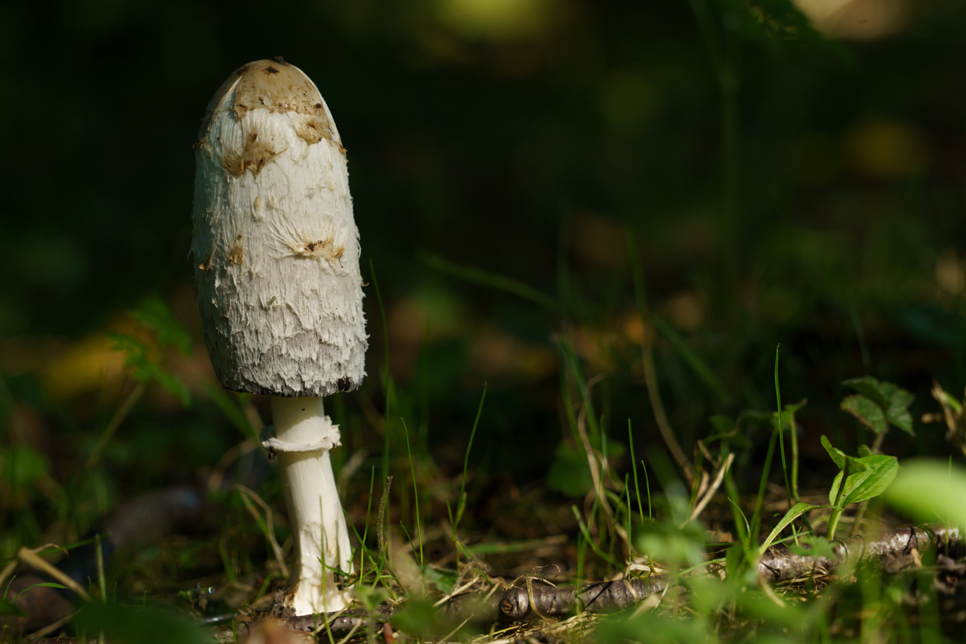
Dead man's fingers (Xylaria polymorpha)
This spooky-looking fungus grows up to 8cm high, mainly spotted on dead tree stumps and branches of sycamore trees. They protrude through leaf litter giving the impression of fingers coming out of the ground!
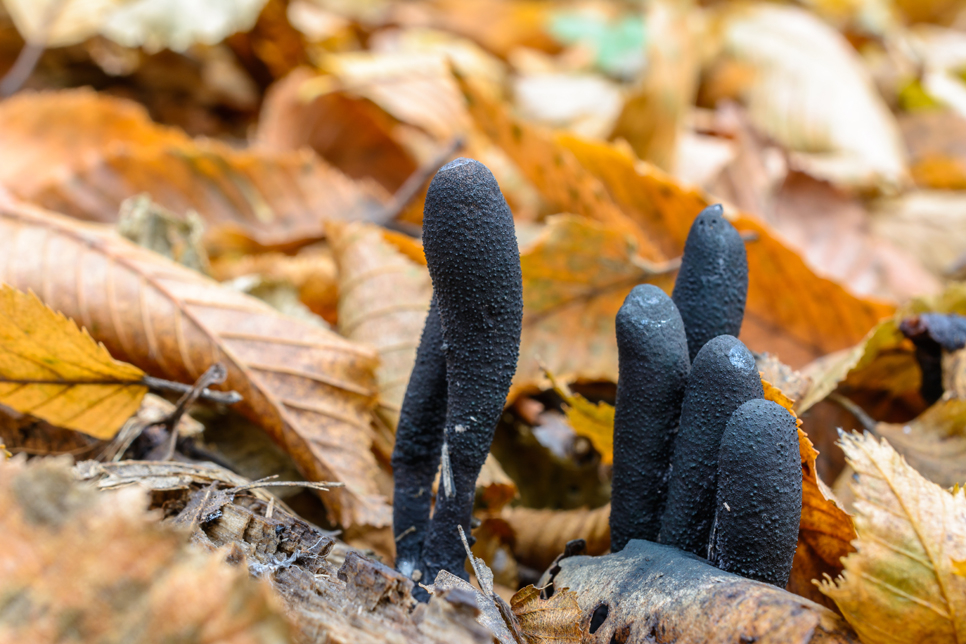
Bloody brittlegill (Russula sanguinaria)
Widespread throughout the UK, the bloody brittlegill fungus is large and brightly coloured, found mainly around the bases of pine trees. It also has the nickname of 'the flirt'.
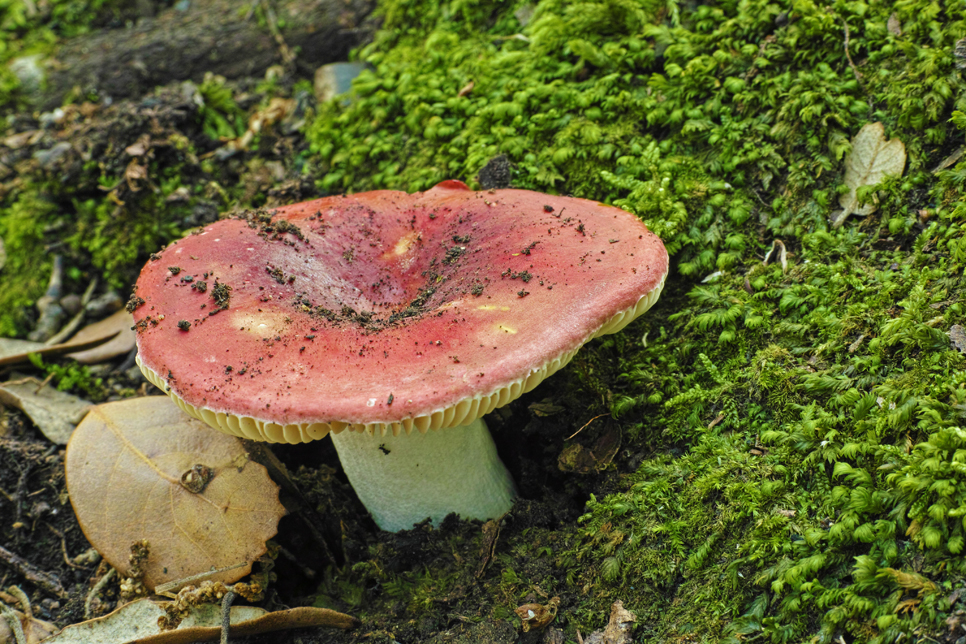
Red-edge brittlestem (Psathyrella corrugis)
Often seen growing in large crowded groups in woodchip, this small-sized fungus can be found throughout most woodlands in abundance.
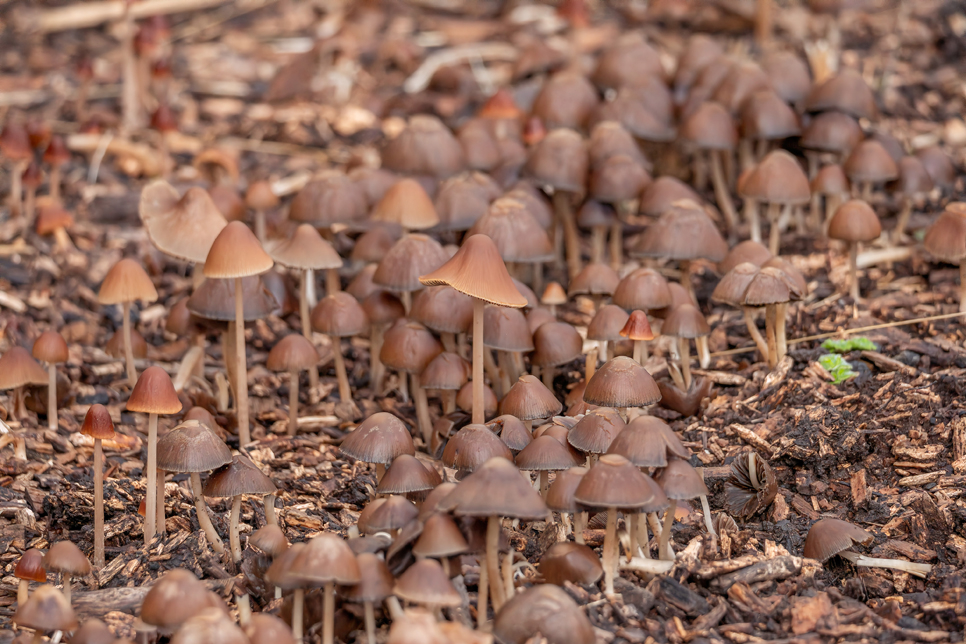
King Alfred's cakes (Daldinia concentrica)
Common throughout the UK, King Alfred's cakes fungus resemble round lumps of coal and were traditionally used as cinder for fires. They grow in broadleaf woodland where they stick to the surface of decaying wood and can last for years. They get their name from King Alfred who apparently was a terrible baker!
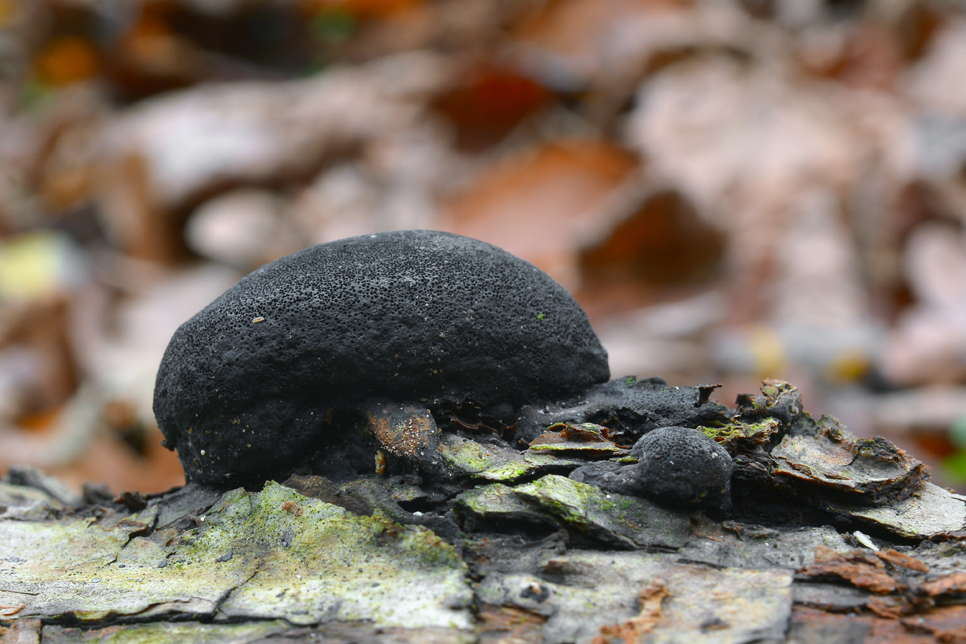
Fairy inkcap (Coprinellus disseminatus)
Forming dense masses, fairy inkcap fungus swarm over decaying tree stumps and their roots. They are common in the UK but also found in Europe, America and Asia.
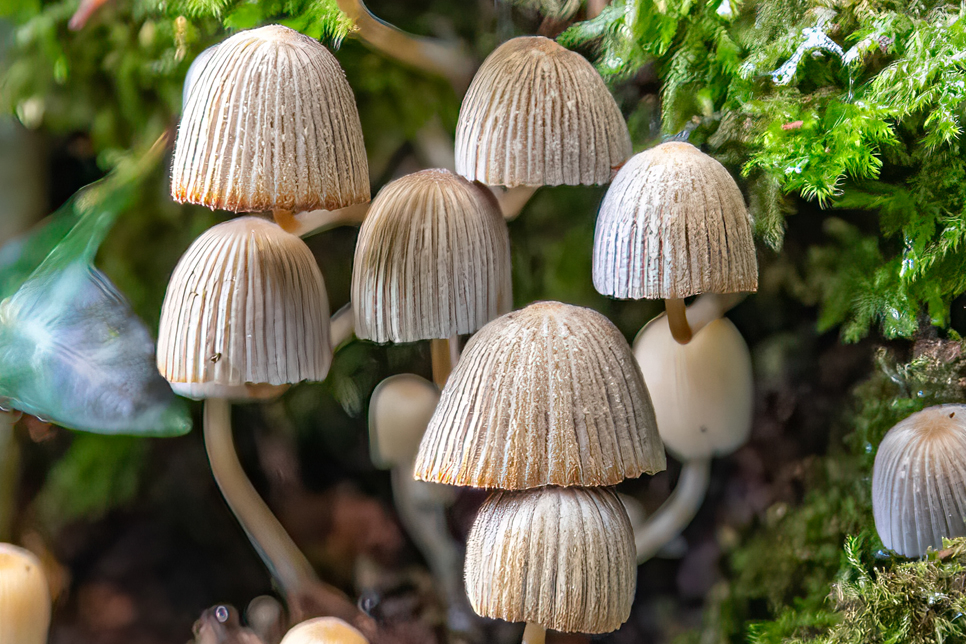
Velvet shank (Flammulina velutipes)
Found clustered on dead and dying wood, velvet shank or velvet foot has a glossy orange cap and is one of few fungi seen through winter and into spring.
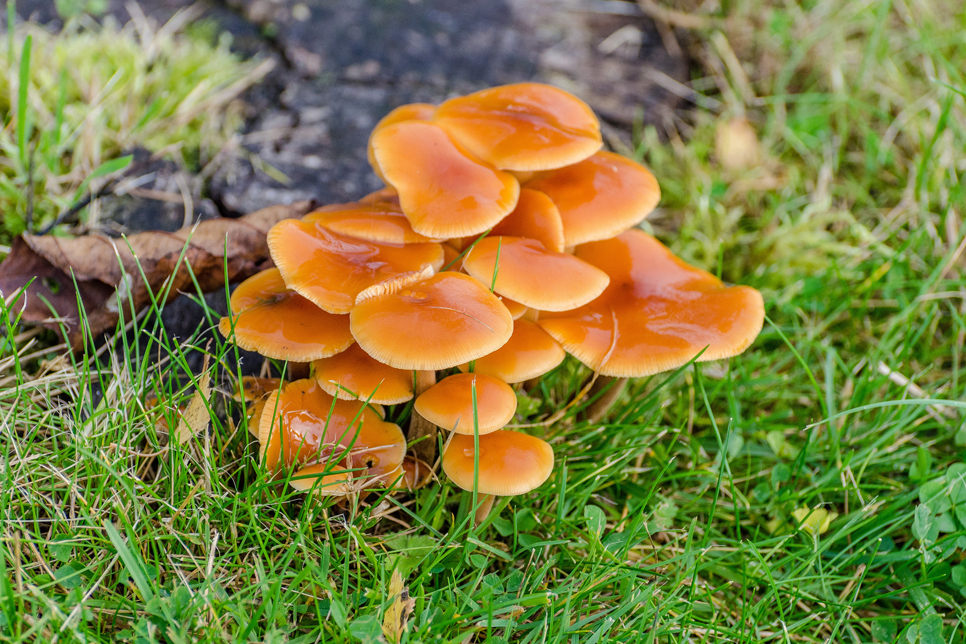
Stump puffball (Apioperdon pyriforme)
Growing on dead and decaying wood, stump puffball fungus is found in abundance around UK woodlands. There are a variety of other puffballs that can be found around Washington Wetland Centre including the common puffball and giant puffball.
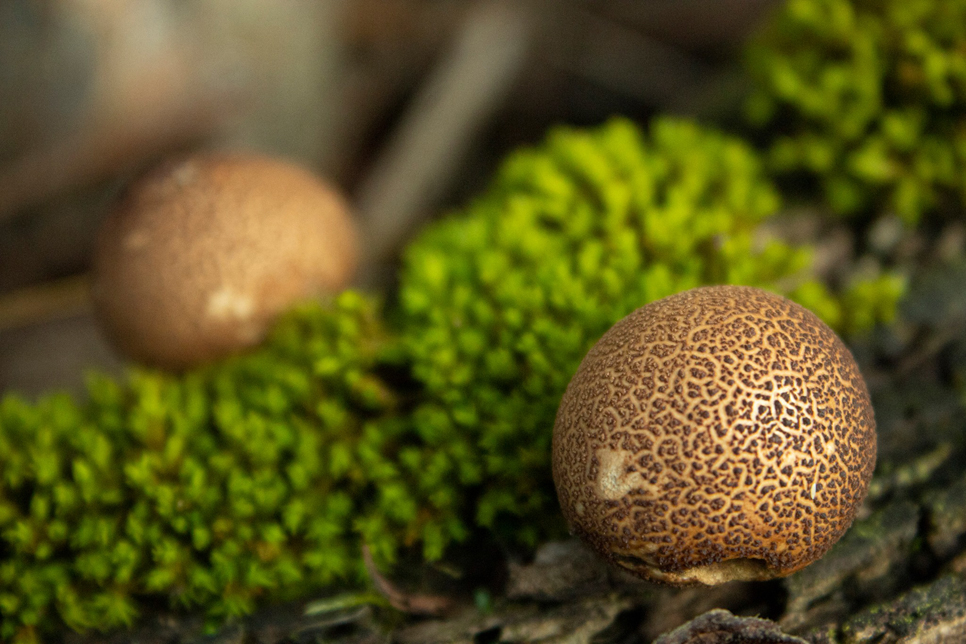
Lichen
Although not quite a fungus, lichen is made of two or more different organisms; a type of partnership between a fungus and algae. Lichen can be found growing over many surfaces in woodlands. Woods rich in lichen support more wildlife than any other! Long-tailed tits and other birds camouflage their nests with lichen.
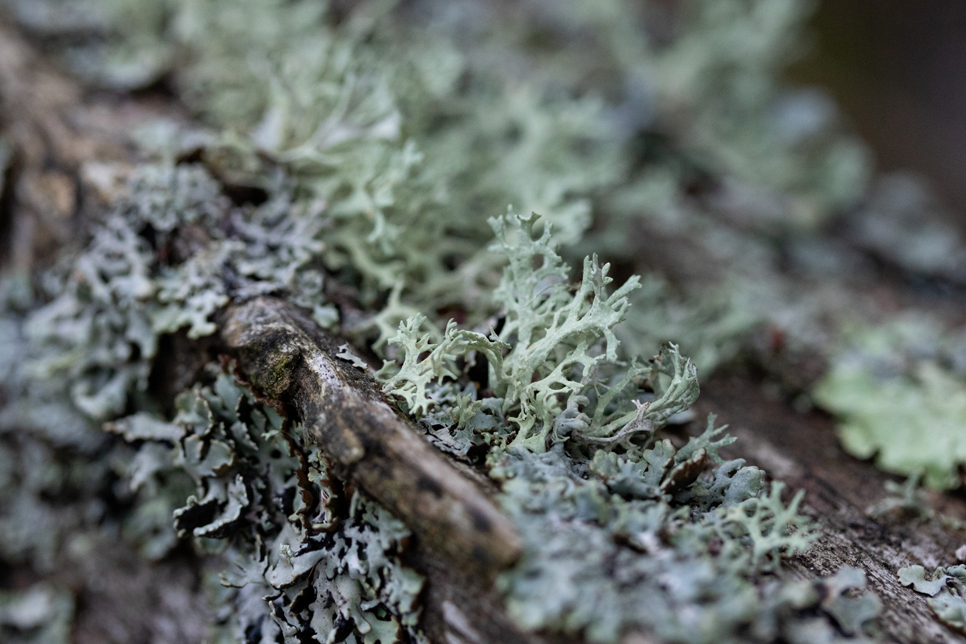
Ready to visit?
If you've been inspired to explore Washington Wetland Centre this autumn, find out more and plan your visit online.
Plan your visit